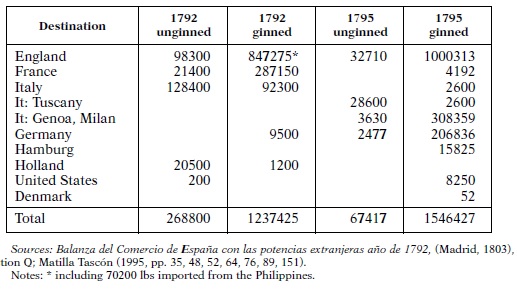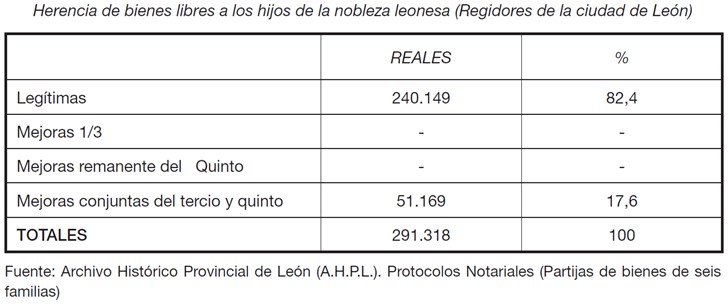During the seventeenth and eighteenth centuries, absenteeism from university chairs was a frequent phenomenon in Spanish universities. This abandonment can be explained through several causes, such as the consideration of the professorship as a temporary occupation in the face of better opportunities, low salaries or the obligation to carry out tedious administrative tasks. This resource analyses this phenomenon, focusing on the University of Salamanca during the first half of the seventeenth century.
The fines can be seen mainly in the regency professorships, also called cursatorias. The fact is that the professorships were a compulsory step towards promotion, while the regency professorships were mainly for the purpose of retirement. Particularly noteworthy in this respect were the fines for the Law and Logic-Philosophy faculties, which amounted to more than 300 lessons per year.
Collection: Graphics
Project: 11. Science and culture as representation in Europe.
Chronology: XVIII
Scope: Secondary Education, Baccalaureate, University, Postgraduate
Link: https://revistas.usal.es/index.php/Studia_Historica/article/view/4612
Resource type: Graph
Format: Bar chart
Source: Polo, J. L. (1990). "El absentismo del profesorado en la universidad salmantina de la pre-ilustración (1700-1750), en Studia historica. Historia moderna, nº 8, p. 307.
Language: Spanish
Date: 1997
Owner: Roberto José Alcalde López (Modernalia)
Copyright: ©Studia historica. Historia moderna ©Juan Luis Polo Rodríguez
Abstract: Graph showing the annual unjustified fines at the University of Salamanca between 1700 and 1750, differentiating between property chairs and regency chairs
Tags








